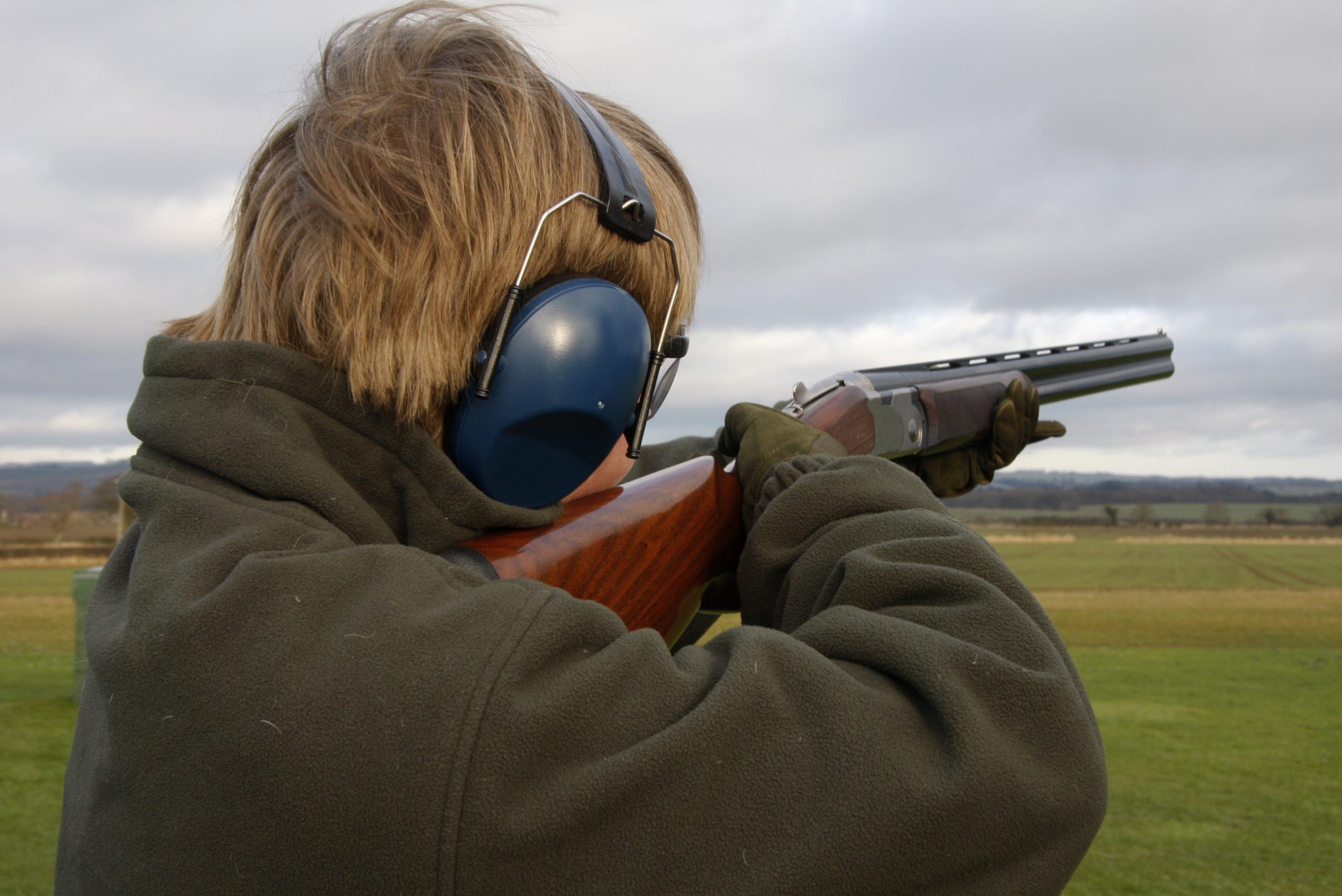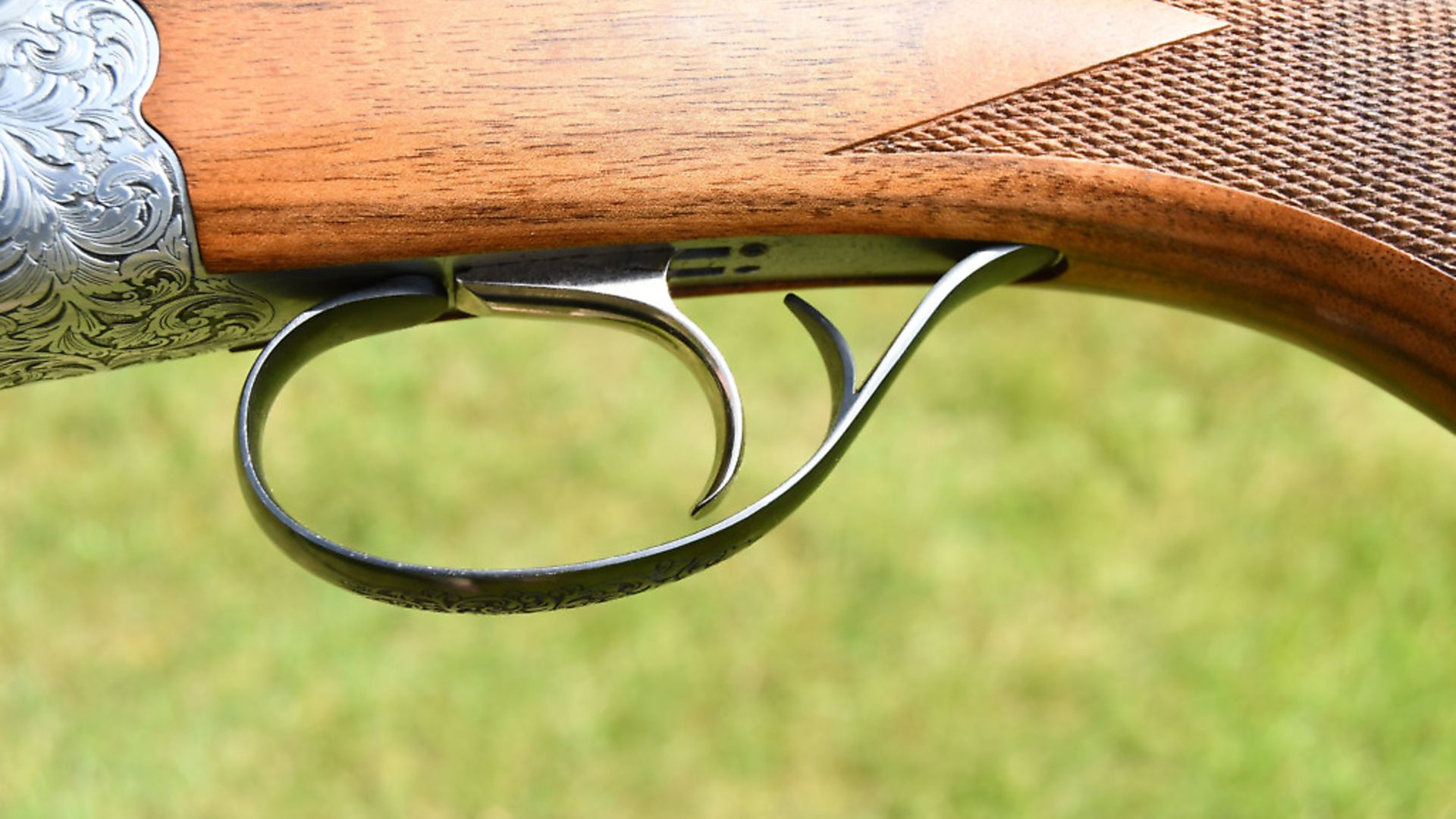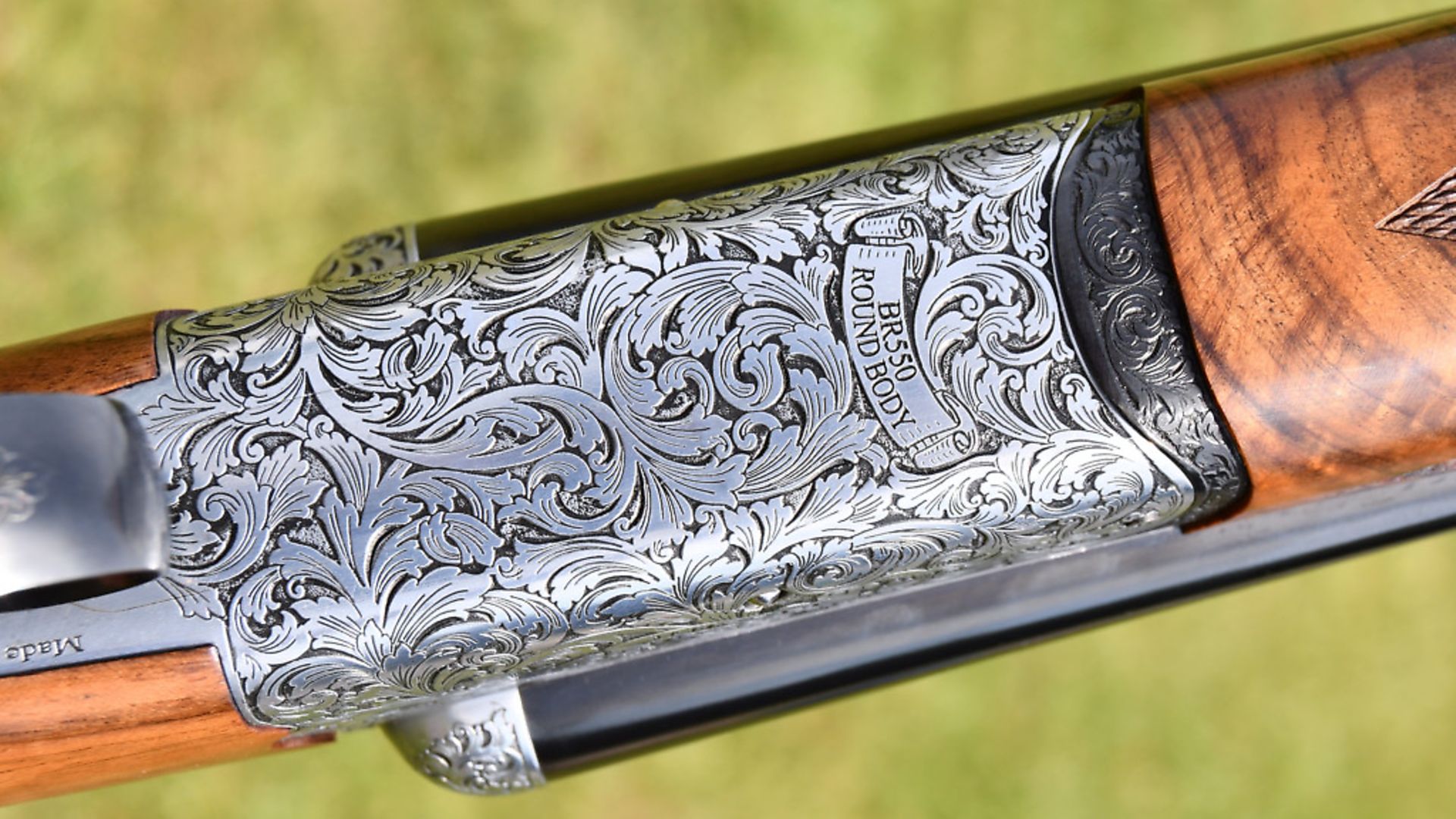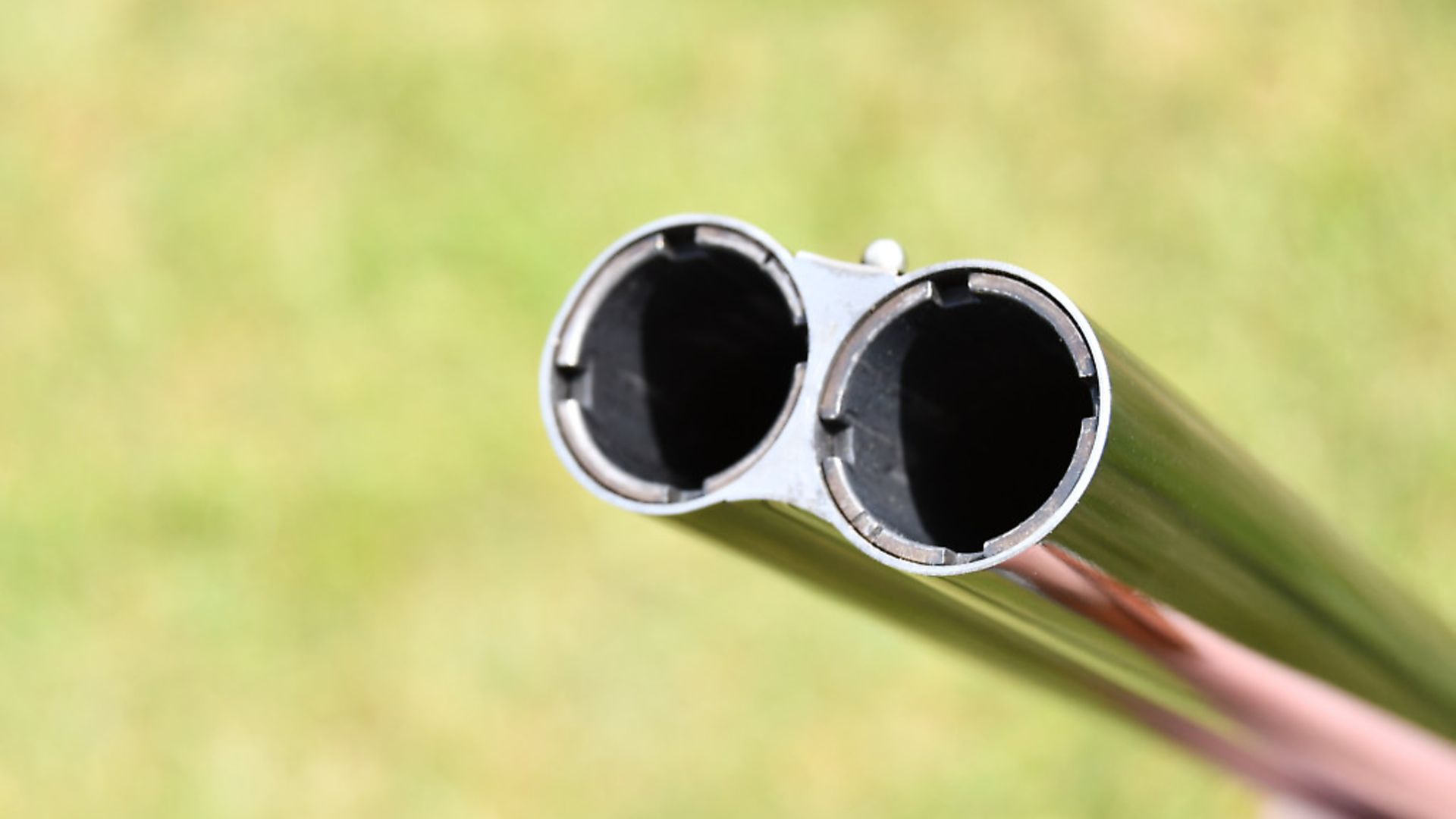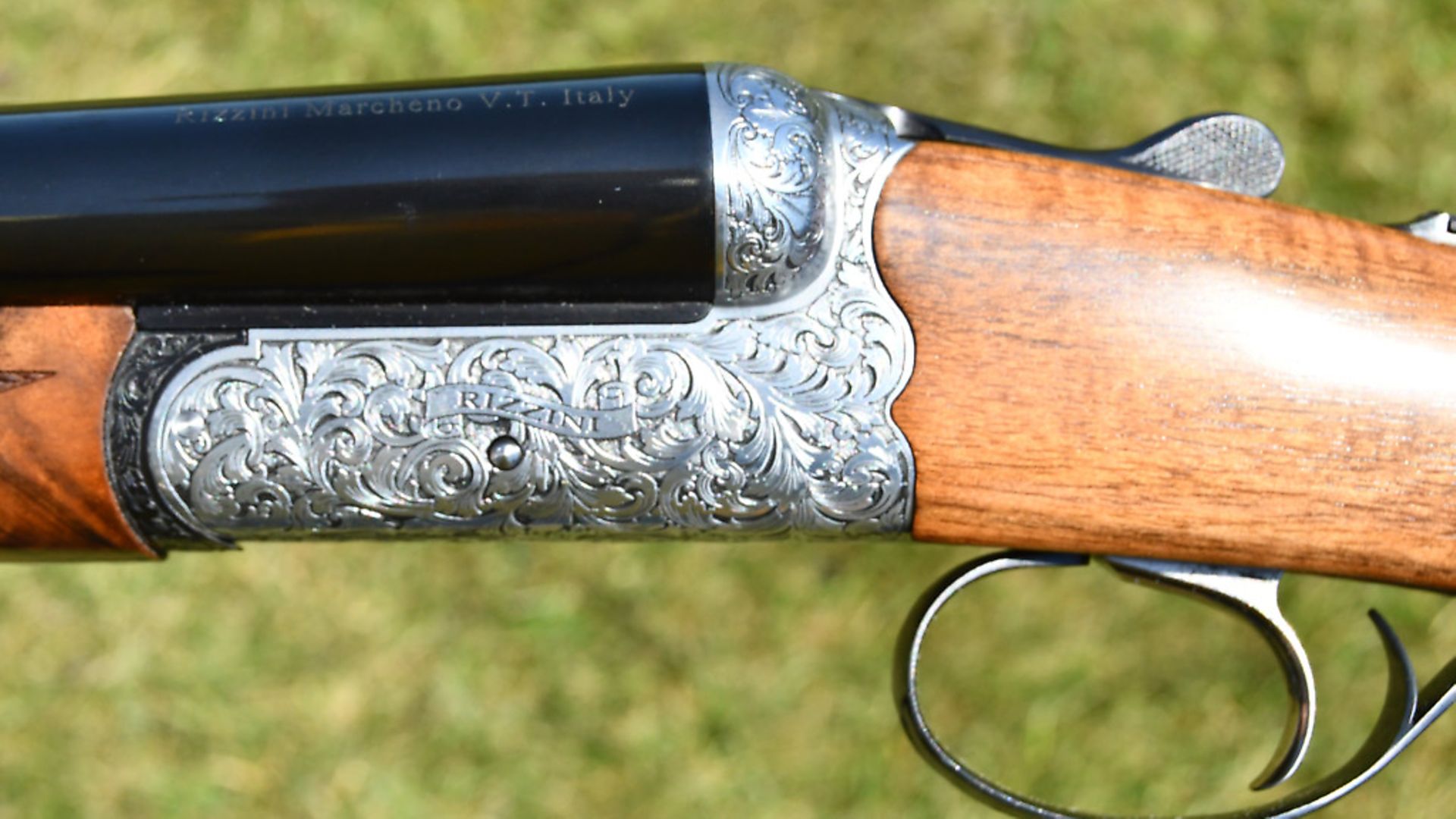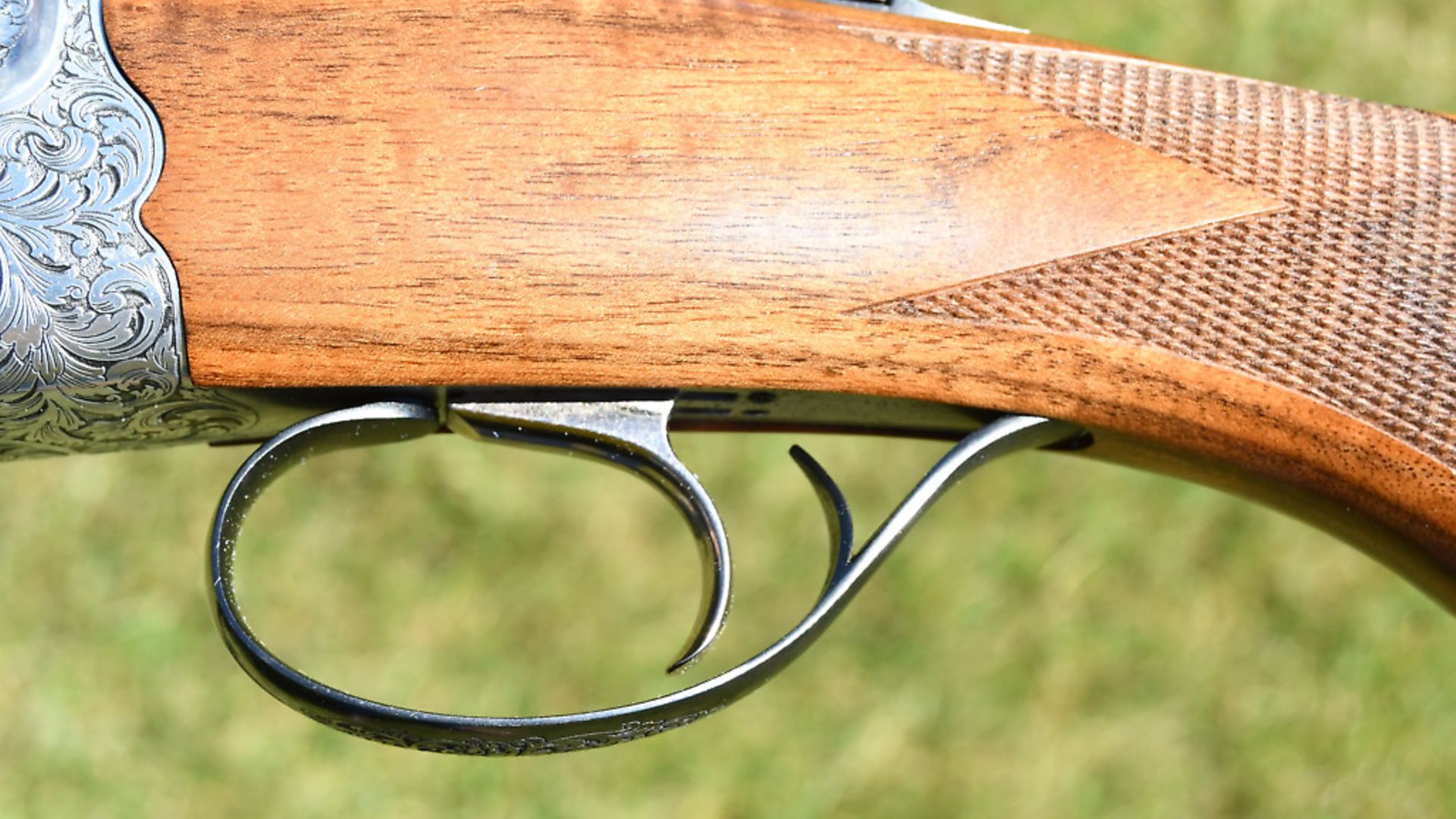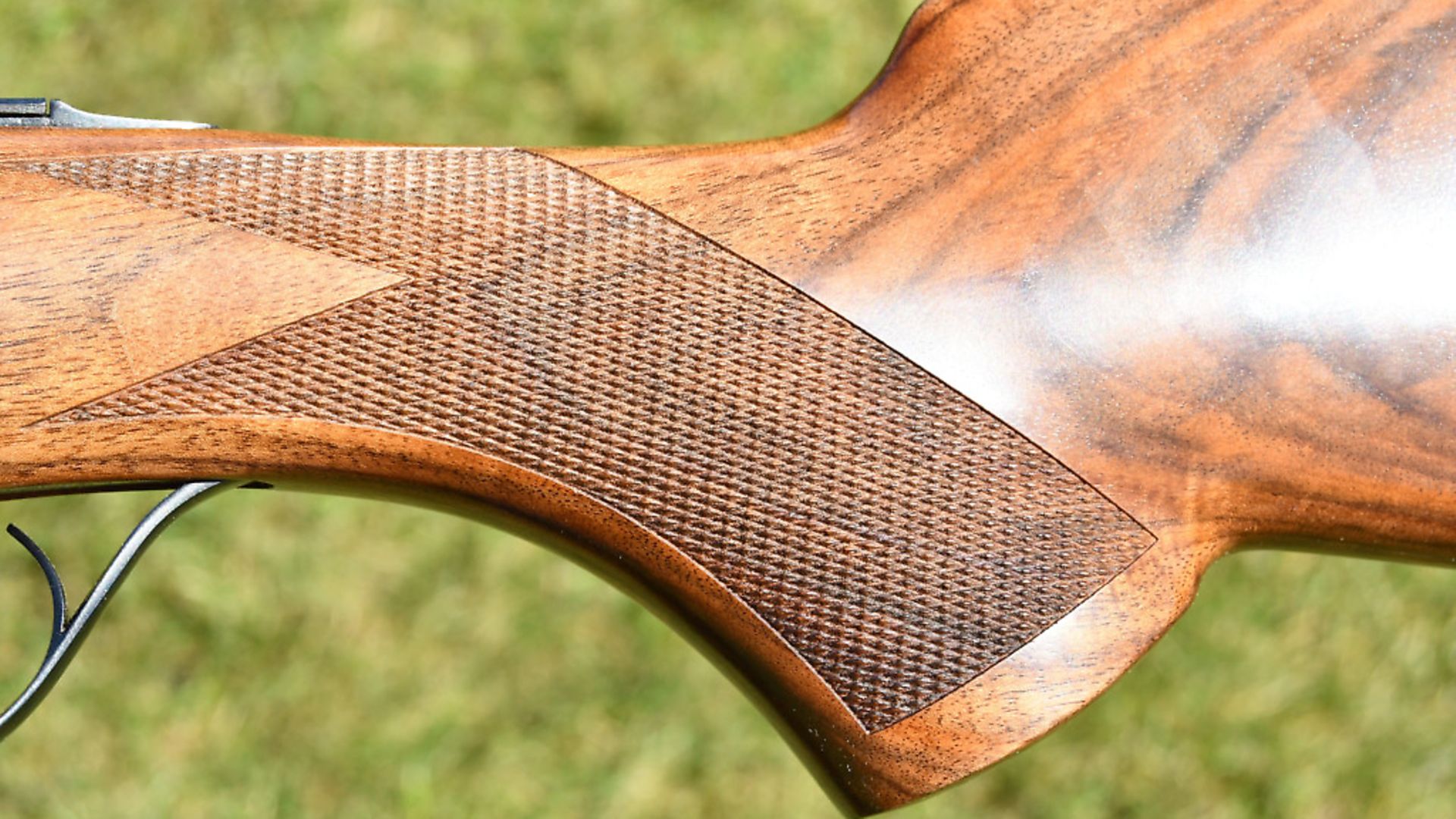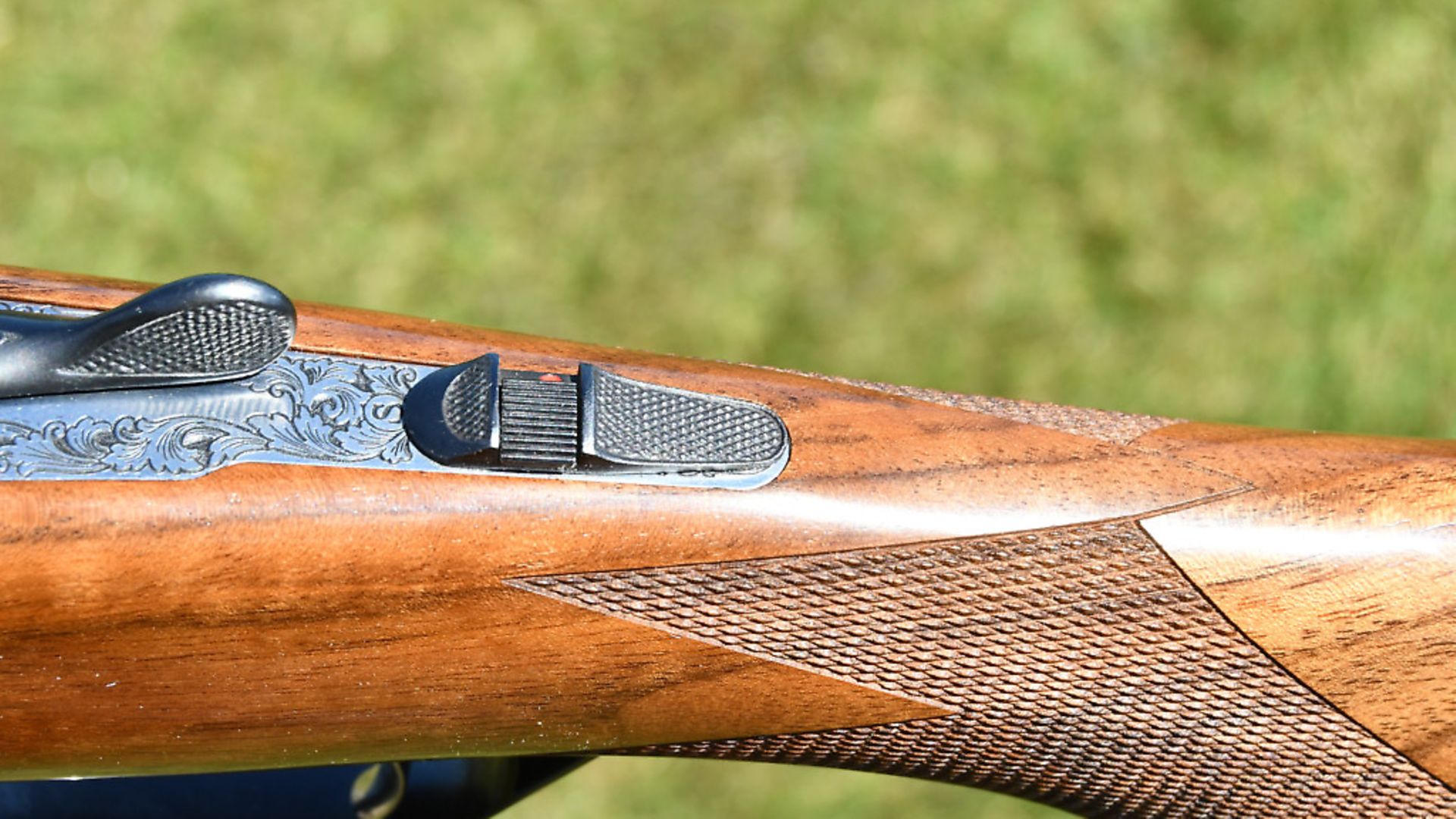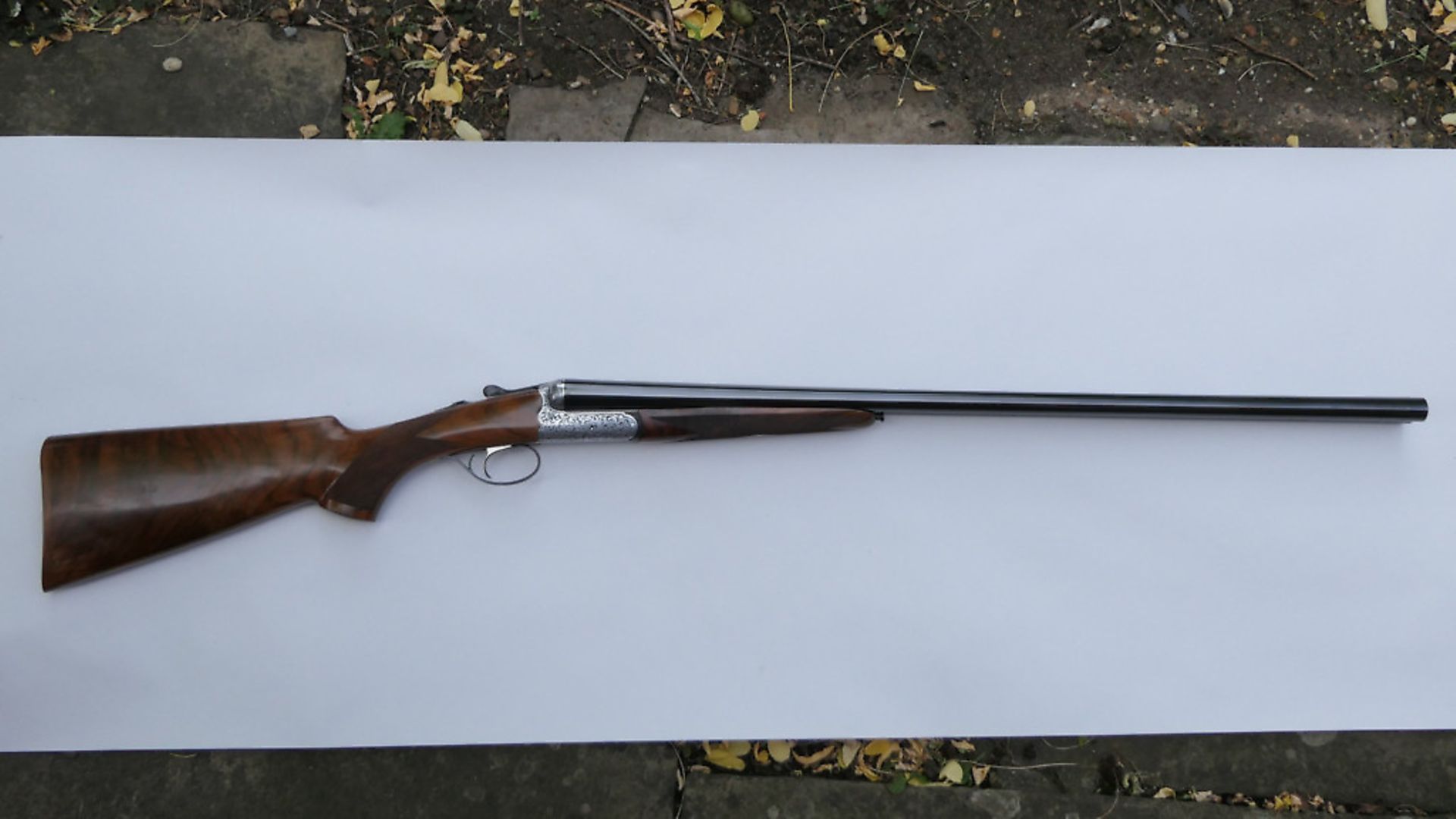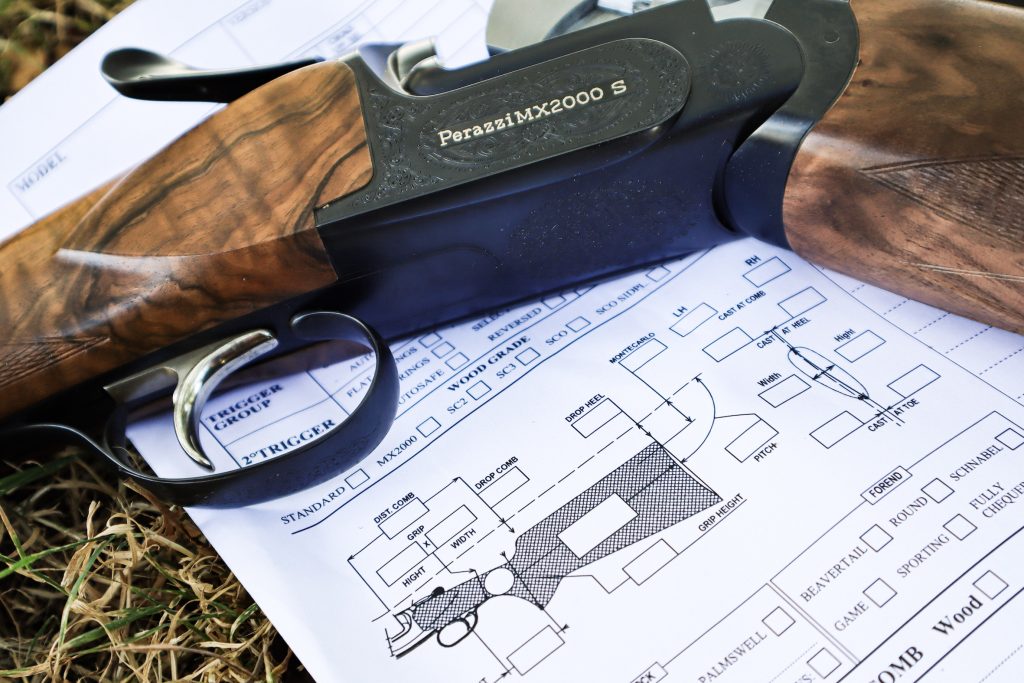Rizzini RB550 – test & review
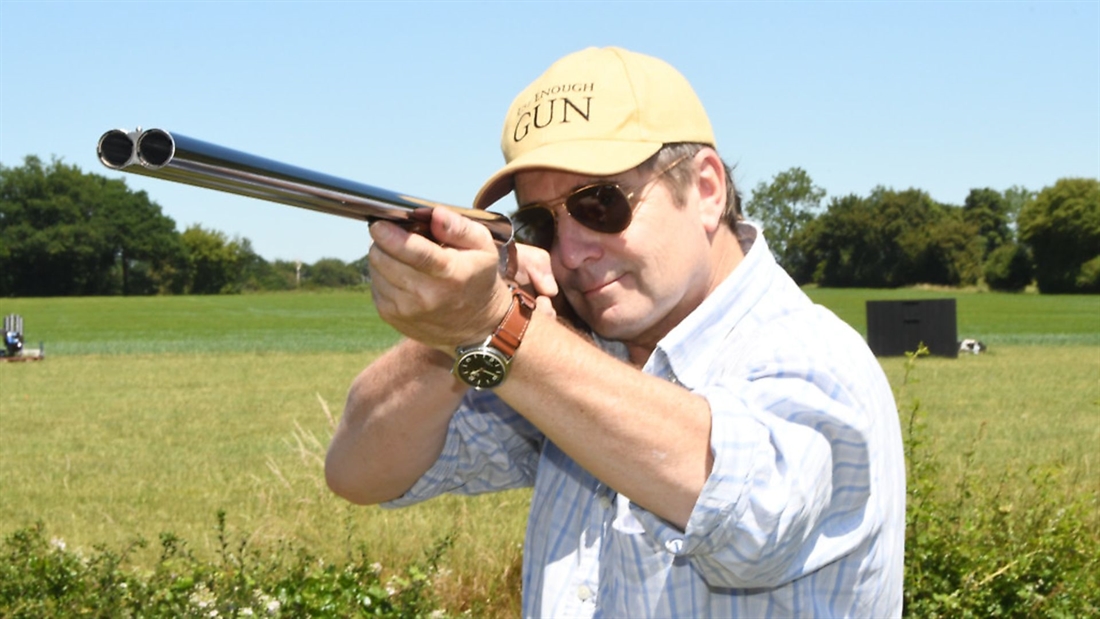
Mike Yardley puts the Rizzini RB550 to the test and discovers a stunning, well-priced side-by-side that shoots like and over-and-under! Read the full review!
BRIEF OVERVIEW – RIZZINI RB550
WE LIKE: The elegant rounded action bar and engraving; The well conceived stock; The general integrity of presentation
WE DON’T LIKE: The balance – a bit too far forward; The stock could be a whisker higher for ‘Mr Average’
TECH SPECS – RIZZINI RB550 (ASI of Snape)
Bore: 12
Barrel length 30” (other options available)
Action type: trigger plate with single selective trigger
Multichokes: Yes, longer pattern with 5 supplied
Weight: 7lbs 3oz.
RRP: £3,600
TEST & REVIEW – RIZZINI RB550
This month’s test gun is an Italian 12-bore, single trigger Rizzini BR550 RB side-by-side imported by ASI of Snape. It would be an ideal companion on a driven day or in a pigeon hide, and it is steel shot proofed with 3” chambers so it could do double service on the foreshore (though some might consider it a bit too smart). As well as that, with its selective trigger and pistol-gripped stock, it would an interesting gun with which to break clays. But, I am jumping ahead of myself…
First impressions of the Rizzini are very positive. Its styling is most attractive, with a rounded, silver- finished (nickel-plated) action bar that is presented with deep, laser cut, scroll engraving and asymmetric scalloping to the rear. Aesthetically, it works. I also especially liked the stock configuration of the 550 – a deepened, slightly widened splinter forward, and a well-shaped butt with nicely angled but not too tight pistol grip. The nicely tapered comb looks as if it belongs on a sporting gun. The Turkish walnut is pleasantly figured with laser-cut, traditionally laid out chequering and an oil finish. There is a well-matched wooden butt plate concealing an over-and-under style stock bolt (rather than the vertical, relatively short, ‘breech-pin’ of most bench-made side-by-sides).
The barrels are generally good. They are nicely polished externally but striking up could be improved. The rib is well laid. It’s quite a wide, concave game pattern with a satin matt top surface, subtly contrasting with the highly polished barrels. The bores are both 18.4mm – relatively tight by modern standards but suited to fibre wadded cartridges (the trend is towards tighter bores). Forcing cones are of medium length.
As far as method of construction is concerned, the barrels are not built around the ubiquitous monobloc. The tubes rest in shallow troughs on a platform/tray which incorporates the lumps and front hook. It’s all braised together and reminiscent of a system used by some Birgningham makers back in the day when they wanted to avoid the expense of chopper lump. The engineering is sound though. The multi-chokes are 70mm long and concealed at the muzzles. The bead is plain metal and of a good size – not too big.
The action, which is considered in more detail in the technical section, is most appealing. The shapes are particularly good and the deep scroll floral engraving is exactly to my taste. Several Italian guns go down this road now, and you can see why – it looks great. I don’t mind whether the engraving is hand cut or not, frankly (it is applied by laser and hand-finished here). It looks the business and it would be picky to criticise it at all.
Putting the gun up, a few issues become apparent. First, the Rizzini feels quite heavy, heavier in fact than its actual weight of 7¼lb. This is because the balance point is well forward – perhaps 1½” or so in front of the hinge pin. This might be remedied with some extra weight in the butt. But, it would be good if some mass could be taken out of the barrels themselves. The gun still feels steady and controllable in the hands. I liked the stock shapes and gripping surfaces. Both the swollen splinter fore-end and the open radius full grip were excellent.
This is a side-by-side that might suit those more familiar with over-and-unders. Apart from being built like an O/U in several respects (not least in having a stock bolt), the extra weight and single selective trigger will all feel familiar to over-and-under users. The latter often fail to ‘connect’ to side-by-sides because they are too light and too thin in the hand. The BR550 RB has neither of those deficiencies. It’s steady when brought to face and shoulder. It is a little low in the comb at 2¼” at heel. A better shelf dimension would be 2” or 21/8”. Easily altered.
Technical
The Rizzini is built on a trigger plate action like many Italian side-by-sides of recent manufacture. This is rather different to the arrangement of the classic boxlock invented by Anson and Deeley in the 1870s, where the hammer and springs are contained within the box of the action. The inspiration for the trigger plate design probably comes from the Germans and Austrians (who called it a ‘blitz’). The trigger plate in this case is set (nearly invisibly) into the belly of the action body with a solid top-strap over which the top-lever overhangs and the sliding safety-cum-selector sits. The operating mechanism is quite similar to a Rizzini over-and-under inside. Hammers are fairly short here and hinged to the trigger plate with coil springs to power them as in most modern over-and-unders. The single-trigger mechanism is recoil operated. Bolting is conventional with Purdey double lumps and a Scott spindle. The ejector mechanism looks to be conventional too – a Southgate-inspired over-centre system. The flush-fitting multi-chokes are longer than average with the threaded section about 10 or 15mm back from the muzzles. They appear to be hard-chrome plated.
Shooting impressions
I shot the Rizzini at my usual test venue, Fennes Shooting in Essex. I always start in the same place – No.2 position on a Skeet layout, and the first bird shot at is always the Low House target. This is my testing datum before I move position and tackle tougher birds. The first half dozen targets were dusted on Station 2 and everything thereafter as well, with full and ¾ chokes in place (which I did not bother to change). The Rizzini is no lightweight at 7lb 3oz, but nor is it too grossly overweight for a 30” machine-made gun. Most Purdeys or Hollands from the vintage era would weigh in around 7lbs with 30” barrels. The gun feels very secure in the hands, as noted, with an excellent combination of a fairly open radius full-pistol grip and a slightly deepened splinter fore-end. This is my favourite specification for this type of near pigeon specified side-by-side. The gun did not recoil excessively, the trigger functioned faultlessly (as did the ejectors). I liked the wide concave rib too. My only niggle was the balance, which was well forward as discussed. This might be improved with an ounce of lead in the butt. Overall, though, a well made, nicely presented, side-by-side with elegant looks and good shooting qualities. It is future-proofed too and the price is not unreasonable by modern standards.
My thanks to Lyalvale Express for supplying the Super Light and Power Blue cartridges used in this test, and to Edward King of ASI and Steven Horton of W. Horton & Sons, Birmingham for their assistance.


